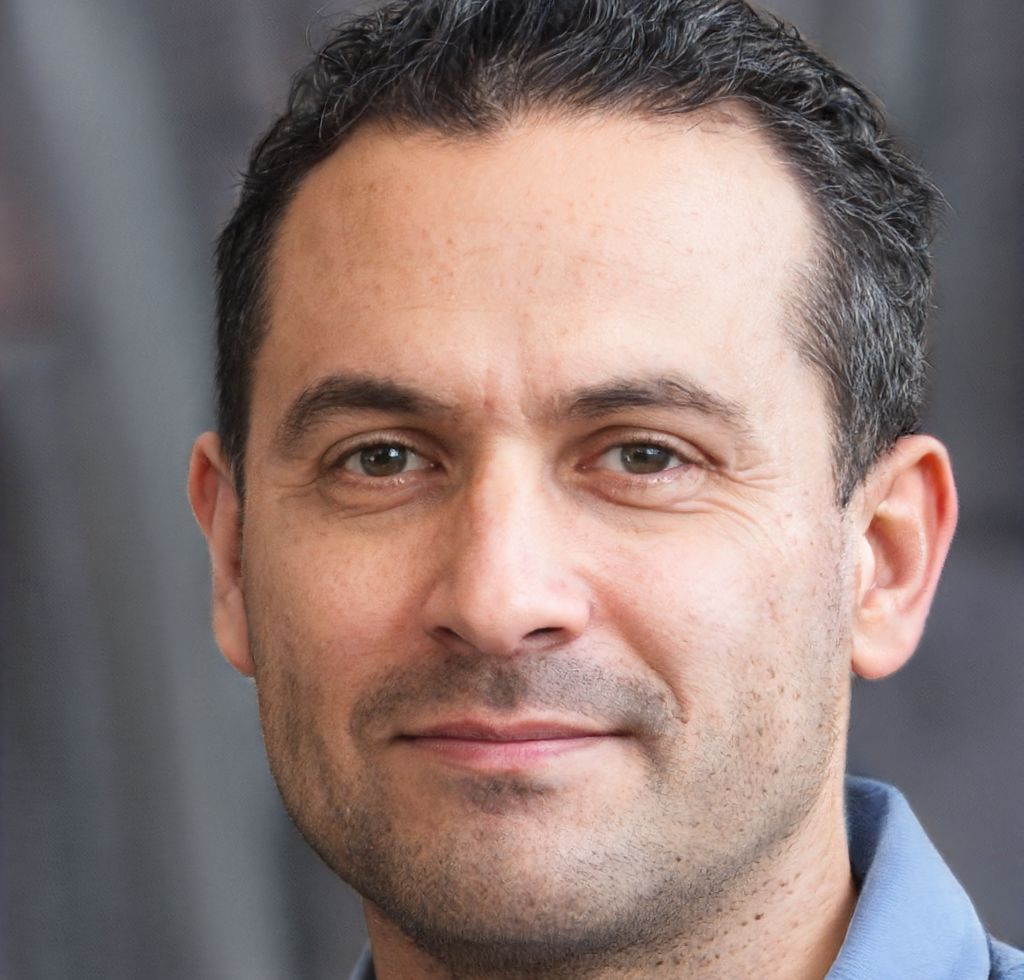How is glucose changed during glycolysis?
During glycolysis, 1 molecule of glucose is converted to 2 molecules of pyruvate.
The structures of glucose and pyruvate are
By signing up, you agree to our Terms of Service and Privacy Policy
Just wanted to put a more detailed answer here. :)
- You start with glucose going through a channel protein due to a concentration gradient.
- Glucose then gets IRREVERSIBLY phosphorylated using hexokinase (HK) and one ATP to form glucose-6-phosphate (G6P), since the sixth carbon's oxygen is axial and therefore is easiest to access. This is necessary because the next step has an enzyme that requires a phosphorylated glucose.
- G6P then needs to be isomerized with phosphoglucose isomerase (PGI) to form fructose-6-phosphate (F6P) since the goal is to get two 3-carbon compounds that can be in equilibrium with each other (dihydroxyacetone and L-glyceraldehyde). This is an equilibrium step.
- F6P then needs to be phosphorylated at the 1-position using the PFK-1 subunit on the phosphofructo kinase complex and one ATP so that once you get dihydroxyacetone and L-glyceraldehyde, they are both phosphorylated. You get fructose-1,6-BP (F16BP).
This is the first-committed step and is IRREVERSIBLE.
- F16BP can then be cleaved using aldolase to form the two 3-carbon compounds I was referring to earlier: dihydroxyacetone phosphate (DHAP) and glyceraldehyde-3-phosphate (GAP).
- DHAP and GAP are in equilibrium with each other. Triose phosphate isomerase (TIM) isomerizes DHAP to GAP. This equilibrium is pushed forward from the production of DHAP due to previous steps.
- IMPORTANT STEP: Two GAP equivalents are used with
#2"NAD"^+# , two free phosphoryl groups (#2"P"_i# ), and the glyceraldehyde-3-phosphate dehydrogenase (GAPDH) enzyme, along with a special mechanism that gives you a high-energy thioester intermediate, to give you two 1,3-bisphosphoglycerate (2 1,3-BPG) and#2"NADH"# .This step introduces two free phosphoryl groups, which ultimately means you've gained two ATP equivalents. This is what allows you to acquire a net gain in ATP.
- 1,3-BPG then utilizes phosphoglycerate kinase (which is counterintuitive, but it is named for the reverse reaction) to dephosphorylate the one-position and give you 3-phosphoglycerate (3-PG).
This uses one equivalent of ADP to generate one equivalent of ATP.
- Once we are here, 3-PG is converted to 2-PG using an enzyme called phosphoglycerate mutase (PGM). This goes through a 2,3-BPG intermediate (which you may have seen bind to the central cavity in hemoglobin).
- 2-PG now must become an enol using enolase to form phosphoenolpyruvate (PEP). It needs the enzyme since normally it would not be energetically favorable to form an enolate due to the lack of efficient resonance.
- Finally, PEP is converted to pyruvate using pyruvate kinase, releasing energy. This step is IRREVERSIBLE because of that released energy.
This uses one equivalent of ADP to generate one equivalent of ATP.
Overall, you used 1 equivalent of glucose to gain 2 pyruvate equivalents, used 2 equivalents of ATP and gained 4 equivalents of ATP, and used 2 equivalents of NAD+ and gained 2 equivalents of NADH.
By signing up, you agree to our Terms of Service and Privacy Policy
Through a series of enzymatic reactions, glucose is converted during glycolysis into two molecules of pyruvate. Specifically, glucose is phosphorylated to form glucose-6-phosphate, which is then converted to fructose-6-phosphate and finally to fructose-1,6-bisphosphate. Within fructose-1,6-bisphosphate, two three-carbon molecules are formed: glyceraldehyde-3-phosphate and dihydroxyacetone phosphate. These molecules are then interconverted to form two more molecules of glyceraldehyde-3-phosphate, which is then oxidized to form two molecules of pyruvate, producing ATP and NADH in the process.
By signing up, you agree to our Terms of Service and Privacy Policy
When evaluating a one-sided limit, you need to be careful when a quantity is approaching zero since its sign is different depending on which way it is approaching zero from. Let us look at some examples.
When evaluating a one-sided limit, you need to be careful when a quantity is approaching zero since its sign is different depending on which way it is approaching zero from. Let us look at some examples.
When evaluating a one-sided limit, you need to be careful when a quantity is approaching zero since its sign is different depending on which way it is approaching zero from. Let us look at some examples.
When evaluating a one-sided limit, you need to be careful when a quantity is approaching zero since its sign is different depending on which way it is approaching zero from. Let us look at some examples.

- 98% accuracy study help
- Covers math, physics, chemistry, biology, and more
- Step-by-step, in-depth guides
- Readily available 24/7
 Daniel Arnold
Daniel Arnold Piper Anderson
Piper Anderson Victoria Angeli
Victoria Angeli